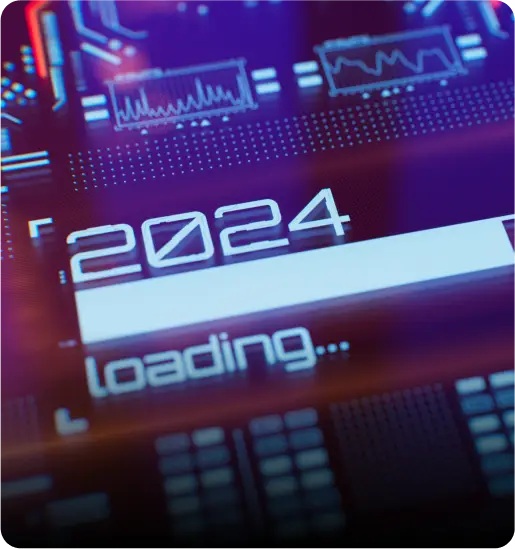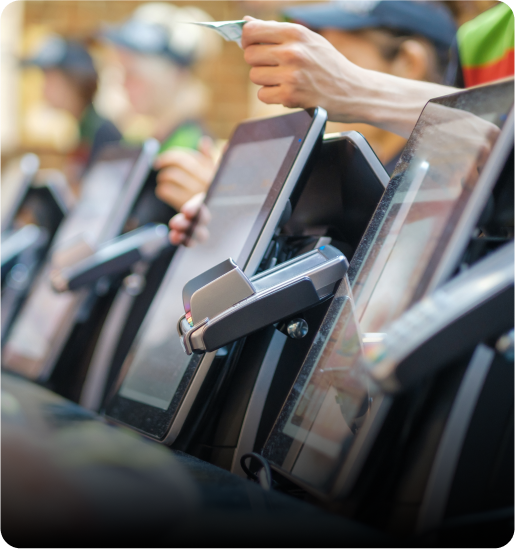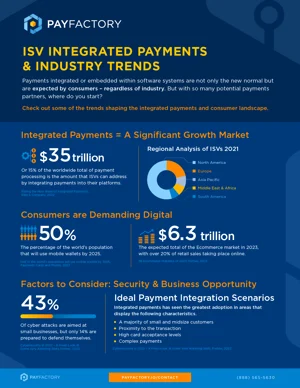By Dale Laszig
Retail analysts have much to celebrate at the close of 2023, as holiday sales return to pre-pandemic levels and next-gen supply chain and logistics solutions ensure healthy inventory levels and on-time deliveries.
According to the National Retail Federation (NRF), this year’s holiday spend is commensurate with the 3.6% year-over-year increase seen between 2010 and 2019. Online shopping is reaching new heights as it spreads to new categories, with estimates that online and non-store sales will reach between $273.7 and $278.8 billion, an increase of between 7 and 9% from last year’s $255.8 billion.
“For all that the consumer has kept the economy afloat, the composition of spending from goods to services will also define holiday sales trends,” said NRF Chief Economist Jack Kleinhenz. “Service spending growth is strong and is growing faster than goods spending. The amount of spending on services is back in line with pre-pandemic trends.”
With consumer spending increasing, we take a look at what’s in store for payments in 2024.
Service Purchases on the Rise
Kleinhenz’s astute observation, that shopping for services is outpacing shopping for goods, reflects a fundamental shift in traditional values such as home ownership. The physical-to-digital trend also manifests in the B2B sector, where subscription services are replacing infrastructure investment and physical asset ownership. Technology moves fast; business owners are gravitating from hardware investments to Hardware-as-a-Service and subscription service models that replace sunk costs and obsolescence with continuous software, firmware and equipment updates.
Aside from its well-known benefits, SaaS has lessened human dependency on things for consumers and business owners alike, especially in the commercial world, where it has never been easier to launch and scale a global business, using an API and a few white-label applications. Technologies have unleashed a renaissance in application design, as entrepreneurs use available platforms to transform rudimentary solutions into novel and agile methodologies.
Payment Innovation is Key to Differentiation
Juniper Research identified three primary forces shaping the future of payments in their white paper, Ten Top Payments and Fintech Trends.
- The need to differentiate
- Current economic pressures and uncertainties
- The continuing migration away from traditional payment methods, such as credit cards, to fresh digital alternatives.
“Payments services have largely been [commoditized], making it difficult for vendors to stand out and offer truly distinctive services that offer businesses an edge,” researchers wrote. “As such, different trends are emerging that seek to create the ability to differentiate user experiences, and this will lead to more creative and innovative solutions being offered to market.”
These three drivers are prevalent in the software world, as vendors, distributors, partners and customers seek secure, intelligent, agile and transparent solutions. B2B commerce is rising to the challenge by delivering payment portals, text-to-pay solutions and other digital invoicing alternatives that are more efficient and cost-effective to manage and offer optionality and flexibility in a world that was formerly dominated by 30-day invoicing cycles.
Increased Demand for Fast, Intelligent and Frictionless Payments
“As we look at the top fintech and payment trends for 2024, it is important to examine the wider context before we get into the specifics,” Juniper research reports. “It is clear that this is a market undergoing seismic changes – payment preferences and technologies are changing quickly in different markets, all across the world.”
Juniper’s predictions for the top ten payment trends are well in-line with consumer demand for real-time, digital payments – whether in a store, online or through software.
- Account-to-Account Payments: A2A will challenge incumbent payment cards and digital wallets.
- CBDC Use Cases: CBDC spend will reach $213 billion by 2030, improving B2B commerce efficiencies and cost savings.
- Generative AI in Banking: Generative AI can be used effectively as banks shift operations to the cloud.
- Digital Identity, Digital Wallets: Despite competing standards for digital identity verification, there are positive signs that the industry is heading to global interoperability.
- AML Tools Leverage AI, Alternative Payments: These technologies can simplify CDD and KYC processes, allowing organizations to automate complex, time-consuming compliance processes.
- Sustainability, ESG Compliance: Growth of open banking will support a range of sustainability initiatives in 2024 among fintechs and financial institutions.
- FedNow’s value-added services will flourish: Exploration of value-added services that can be built on top of FedNow rails will help financial institutions brand and personalize instant payments.
- Mobile Financial Services, Bank Tech: MFS providers will shift focus to advanced services, leveraging MNO (Mobile Network Operator) data to offer tailored services.
- Biometrics, Innovative Checkouts: Biometric payments will gain mainstream adoption, fueled by Amazon and JPMorgan’s support.
- BNPL for SMEs: B2B BNPL offerings will scale as SMEs look to better manage cashflow.
Keeping an Eye on Software
In the flurry of predictions that typically circulate at the end of a calendar year, perhaps the biggest of all trends is software’s expanding role in shaping the future. As enterprises seek to differentiate, surpass economic uncertainties and move beyond traditional payment methods, service providers with payments deeply embedded in vertical solutions can confidently offer all of these capabilities and more.
Dale S. Laszig is a payments industry journalist and guest columnist for Payfactory. Previous to her writing career, she managed business development for leading payments acquirers and POS manufacturers. Connect with her at [email protected], LinkedIn and Twitter.


















